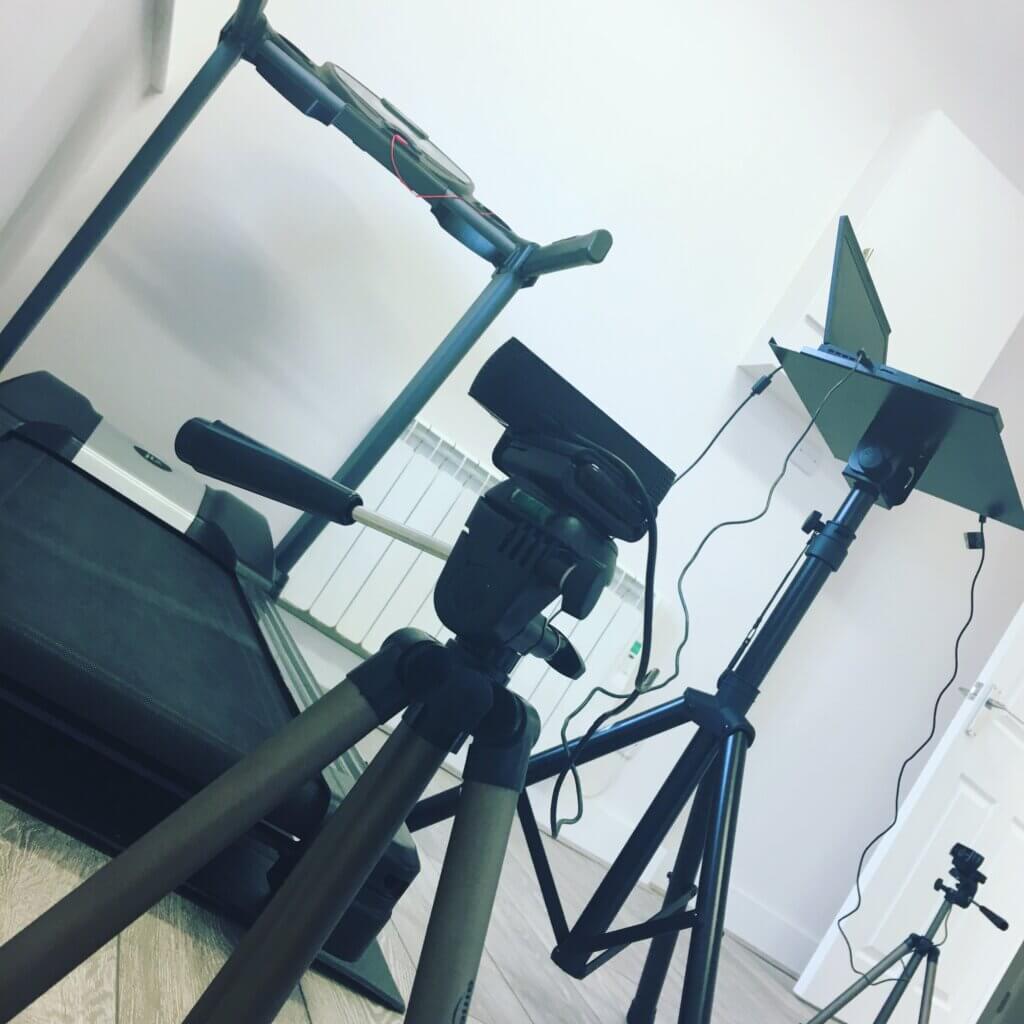5 ways to fix your shin splints

Shin splints, or medial tibial stress syndrome, is a common complaint in runners that can be hard to get rid of. The tibia, along with its smaller companion the fibula, is the long bone that runs from the knee to the ankle and is an important shock absorber in running as it bends in response to load, reducing impact from ground reaction force. Important muscles in the lower limb such as the Soleus and Tibialis Posterior also attach to the Tibia. Excessive stress through the tibia or muscles attached to the tibia can cause the shin type pain commonly complained of by runners. The good news is that by following the 5 steps below, you may be able to get rid of your shin splints forever!

1. Reduce running mileage
Overtraining, or too much too soon, can overload the tibia if it has insufficient time to adapt to the increased load.
Try reducing your mileage, frequency and intensity of running to the point where it stops hurting, then build back up gradually from there.

2. Check your shoes
If your running shoes are excessively worn or have insufficient shock absorption, that may contribute to higher impact forces through the tibia.
Try replacing your running shoes if they are getting on a bit and go for a shoe with a reasonable amount of cushioning underneath.

3. Run wider
If your knees are brushing together when you run, or you are getting muddy marks on the inside of your shins from your shoes, that may indicate weakness in the gluteal muscles at the hips, causing your legs to adduct, or drift inwards, narrowing your gait and increasing stress on the tibia.
Try some simple drills running short distances for 20-30 seconds with your knees slightly apart or running either side of a narrow line. Gradually increase these repeats until it becomes natural.

4. Strengthen your glutes
Weakness in the gluteal muscles at the hip that stabilize the pelvis in single leg stance can lead to instability in the lower limb, increasing bending stress on the tibia.
Committing to some simple strengthening exercises 2-3 times per week such as squats, lunges and bridges can strengthen the glutes and reduce stress further down the kinetic chain.

5. Strengthen your calves
Weakness in the calf muscles, particularly the shorter Soleus calf muscle, can lead to reflexive tightening of the muscle. Since the muscle attaches to the periosteum around the tibia, this can lead to increased pulling stress and irritation of the bone. Simple heel raises with the knee bent and straight can increase working capacity in the muscles and relieve stress on the bone.

What if none of these work?
Shin splints type pain should never be ignored. Shin pain can be predictive of more serious issues such as Tibial stress fractures. If the above measures are not working, you may benefit from a more comprehensive assessment looking at running gait, strength and flexibility. Give us a call or drop us an email to find out more about how we can help you get rid of your shin pain and get back to running and walking pain free.
